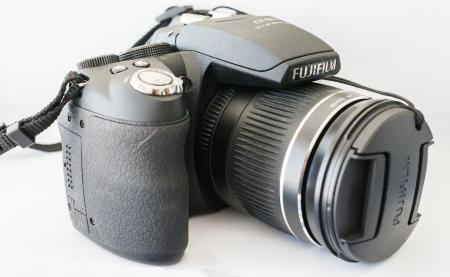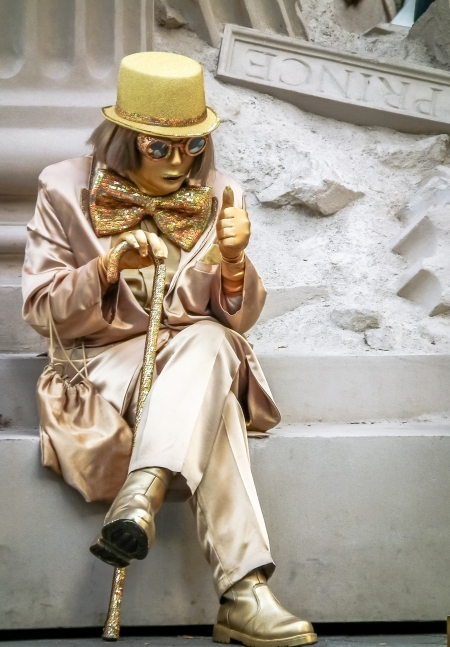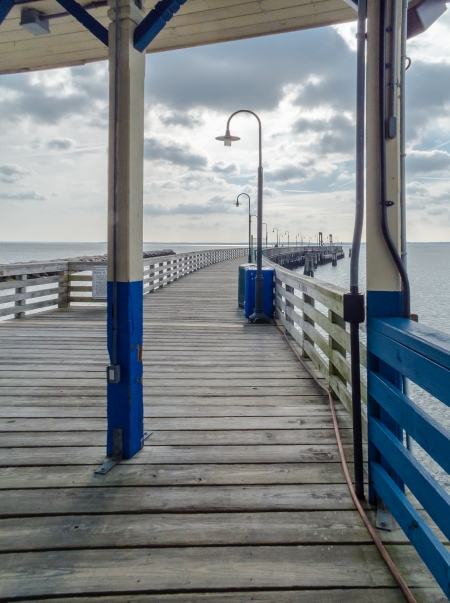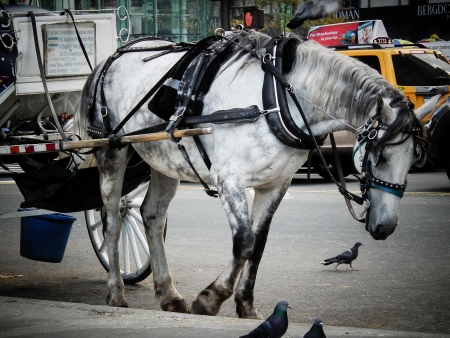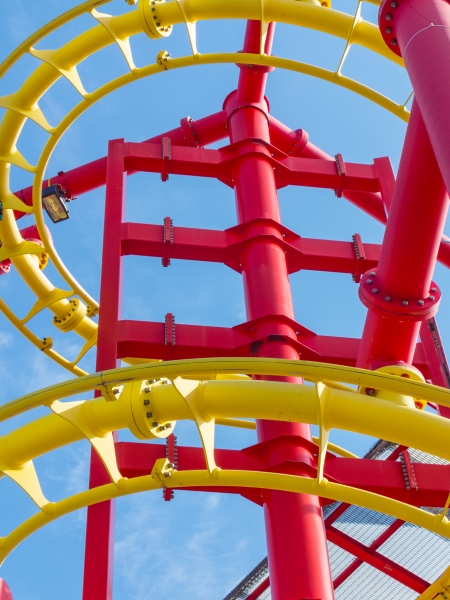I little while ago I wrote a post called “Gone but not forgotten” describing some cameras that I used quite a lot, but no longer possess. This camera is quite the opposite in that I still have it, but have very rarely used it and not at all for a couple of years.
So why, you might ask, did I buy it in the first place? As I recall I arrived home one evening from work and at the metro north station (which is right on the Hudson River) I saw some interesting birds. However, I didn’t have a camera that would get me anywhere near close enough to take useful pictures. So as usual I did some research and found out that long lenses for my DSLRs were very expensive and I didn’t know if I would take enough “wildlife” photos to justify the outlay. So I looked a bit further and came across so-called “bridge” cameras. Reading the reviews, this one, a Fuji finepix HS10, seemed to be considered one of the best of this type at the time. The reviews also complained about image quality, poor high ISO performance etc., but it wasn’t too expensive so I thought “what the hell…”.
So why don’t I use it. Somehow I never related to this camera. The image quality is not great. Some have compared images from this camera with a watercolour painting: somewhat soft and smeared. Noise is poor at all but the lowest ISO settings. The long zoom is hard to focus and hold stable. The electronic viewfinder is poor. It’s also a lot larger that I thought it would be – almost the size of a small DSLR. This is important to me as I’m disinclined to carry around larger cameras nowadays.
Conversely, it fits nicely into my hands. It does have that long zoom, which has allowed me to get some shots I wouldn’t have managed to get with my other cameras. Although the image quality is no the best it’s not that bad either. It’s more than adequate for web images and small prints. I printed some images at 8×10 and they looked good. In fact they looked better in print than they did on screen. Using RAW gives many more options for postprocessing and avoids the poor jpeg engine. Using manual focus solves some of the focusing problems. Using a tripod or a monopod can help with the stability issues (it is after all a 24mm-720mm equivalent lens. Handholding any lens of this focal length would be extremely difficult if not impossible).
Maybe I just didn’t give myself long enough to really get familiar with it. I now live on a lake and the opportunities for photographing wildlife have increased. I’ve decided to give it another try and have the batteries charging as we speak.
Mime. Central Park, NY
Rye Playland, Westchester, NY
Horse. Central Park, NY. This isn’t really fair to the horse. It makes it look as if he (she?) is old and worn out. This was far from the case. The somewhat bent look comes from the horse bending to reach some food that had fallen on the ground. This also explains the presence of the pigeons (never ones to miss a free meal).
Ride. Amusement Park, Rye Playland, Westchester, NY

